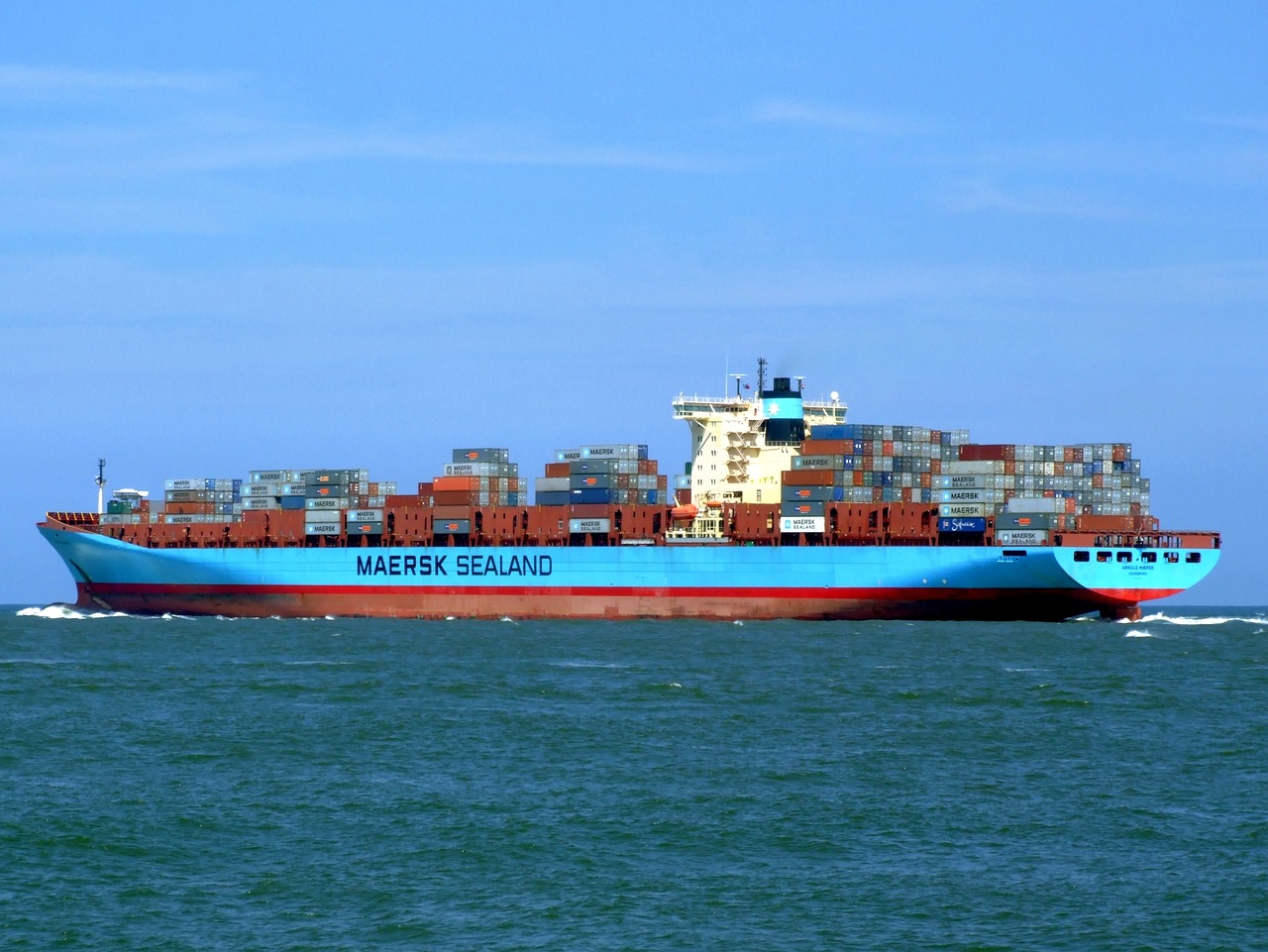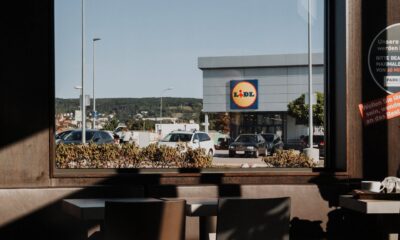Impact Investing
Shipping Industry: How Small Caps Can Help Reduce Emissions
The International Maritime Organization (IMO) is pushing the shipping industry to further reduce greenhouse gas emissions and has set a target of net zero emissions by around 2050. The IMO has also introduced further concrete regulatory actions, such as improving the energy efficiency of ships on July 15th, 2011. The shipping industry is currently predominantly opting for liquefied natural gas (LNG).

The next decade will be a milestone for the decarbonisation of the shipping industry, which currently consumes 300 million tonnes of fossil fuels per year and accounts for 3% of global greenhouse gas (GHG) emissions. If no action is taken, shipping emissions are expected to increase by 50% by 2050 compared to 2018, mainly due to fleet growth and increased transport volumes.
The total capital expenditure cost for the decarbonisation of the shipping industry is between $1 trillion and $3 trillion, creating significant investment opportunities. This market is starting to gain momentum now, thanks to technical advances and industrialisation, led by companies listed on European capital markets.
IMO is pushing the shipping industry to further reduce greenhouse gas emissions
At the global level, the International Maritime Organization (IMO) is pushing the shipping industry to further reduce greenhouse gas emissions and has set a target of net zero emissions by around 2050. The IMO has also introduced further concrete regulatory actions, such as improving the energy efficiency of ships on July 15th, 2011. Governments are also actively supporting the IMO strategy – by imposing and/or increasing so-called “carbon taxes” linked to CO2 emissions from the shipping industry.
To monitor the effectiveness of the implemented actions, as well as the performance of the ships, starting from January 2023 the IMO has introduced two indices.
The first is of a technical nature: the Energy Efficiency Index of Existing Ships (EEXI) is a one-time certification requirement that demonstrates that a new ship is more energy efficient than older ships, thanks to technical changes in the ship’s design. The second is of an operational nature: the IMO has created the Carbon Dioxide Intensity Indicator (CII), which requires companies to report the annual emissions, distance traveled and weight of their vessel to receive an energy efficiency rating (A, B, C, D, E).
In the future, energy efficiency – achieved by carrying more cargo per voyage and optimizing engine performance at different loading speeds – will significantly contribute to the decarbonization of the shipping industry. Shipping companies, such as MAERSK, are working to redesign their ships to stack and carry more containers while maintaining the same level of fuel consumption.
Additionally, there are complementary solutions available for the shipping industry to support energy efficiency efforts, such as more efficient propeller designs that allow ships to operate at more economically viable speeds, reducing both costs and emissions. However, energy efficiency solutions alone are not enough to reduce emissions, given the expected expansion of fleets.
Under the IMO regulations, technical and operational amendments to the International Convention for the Prevention of Pollution from Ships (MARPOL), Annex VI, have been introduced to improve the energy efficiency of ships in the short term and reduce their greenhouse gas emissions. These regulations have been in place for almost a decade for newly built ships and, more recently, for existing ships.
For new ships, the Energy Efficiency Design Index (EEDI) is a measure that requires new ships entering the fleet to be a certain percentage more efficient than previously used ships – this percentage is measured against a benchmark that represents the average efficiency of ships built between 2000 and 2010.
The shipping industry is currently predominantly opting for liquefied natural gas (LNG) because it is a good transitional alternative, even if it prolongs dependence on fossil fuels
However, compared to other fossil fuels, LNG reduces greenhouse gas emissions and can easily be replaced by lower-carbon alternatives, such as bio-LNG and e -LNG. Other energy sources, such as methanol, hydrogen and ammonia, are also becoming more popular (the first batch of ammonia engines are scheduled for 2025).
For short-distance routes, electric ferries are a promising option: the current electric ferry project, supported by the European Union, boasts an energy efficiency of 85%. Ellen, the first 100% electric ferry designed by LECLANCHÉ , can travel 41 km and takes 30 minutes to fully recharge. It can also carry 200 people and 40 vehicles and has been operating between the Danish ports of Soby and Fynshav since 2019.
__
(Featured image by Wikimediaimages via Pixabay)
DISCLAIMER: This article was written by a third party contributor and does not reflect the opinion of Born2Invest, its management, staff or its associates. Please review our disclaimer for more information.
This article may include forward-looking statements. These forward-looking statements generally are identified by the words “believe,” “project,” “estimate,” “become,” “plan,” “will,” and similar expressions. These forward-looking statements involve known and unknown risks as well as uncertainties, including those discussed in the following cautionary statements and elsewhere in this article and on this site. Although the Company may believe that its expectations are based on reasonable assumptions, the actual results that the Company may achieve may differ materially from any forward-looking statements, which reflect the opinions of the management of the Company only as of the date hereof. Additionally, please make sure to read these important disclosures.
First published in ESG NEWS. A third-party contributor translated and adapted the article from the original. In case of discrepancy, the original will prevail.
Although we made reasonable efforts to provide accurate translations, some parts may be incorrect. Born2Invest assumes no responsibility for errors, omissions or ambiguities in the translations provided on this website. Any person or entity relying on translated content does so at their own risk. Born2Invest is not responsible for losses caused by such reliance on the accuracy or reliability of translated information. If you wish to report an error or inaccuracy in the translation, we encourage you to contact us

-

 Crypto2 weeks ago
Crypto2 weeks agoTether Defends USDT After S&P Downgrade Amid Growing Calls for Transparency
-

 Fintech2 days ago
Fintech2 days agoArgentina’s Banks Poised to Integrate Cryptocurrencies, Paving Way for Widespread Adoption
-

 Biotech1 week ago
Biotech1 week agoAngelini Ventures Signs €150 Million EIB Deal to Accelerate Biotech Innovation in Europe
-

 Crypto5 days ago
Crypto5 days agoEuropean Selling Drives Bitcoin’s November Slump
























